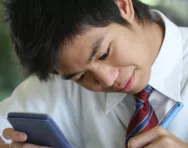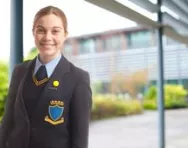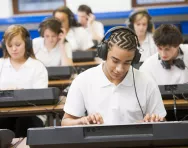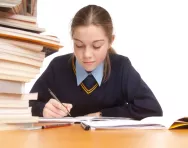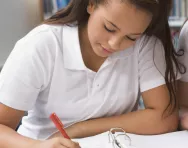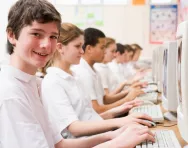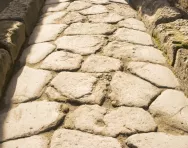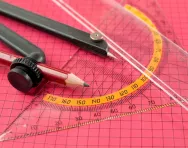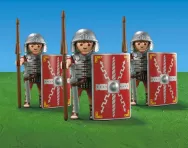Important update from TheSchoolRun
For the past 13 years, TheSchoolRun has been run by a small team of mums working from home, dedicated to providing quality educational resources to primary school parents. Unfortunately, rising supplier costs and falling revenue have made it impossible for us to continue operating, and we’ve had to make the difficult decision to close. The good news: We’ve arranged for another educational provider to take over many of our resources. These will be hosted on a new portal, where the content will be updated and expanded to support your child’s learning.
What this means for subscribers:
- Your subscription is still active, and for now, you can keep using the website as normal — just log in with your usual details to access all our articles and resources*.
- In a few months, all resources will move to the new portal. You’ll continue to have access there until your subscription ends. We’ll send you full details nearer the time.
- As a thank you for your support, we’ll also be sending you 16 primary school eBooks (worth £108.84) to download and keep.
A few changes to be aware of:
- The Learning Journey weekly email has ended, but your child’s plan will still be updated on your dashboard each Monday. Just log in to see the recommended worksheets.
- The 11+ weekly emails have now ended. We sent you all the remaining emails in the series at the end of March — please check your inbox (and spam folder) if you haven’t seen them. You can also follow the full programme here: 11+ Learning Journey.
If you have any questions, please contact us at [email protected]. Thank you for being part of our journey it’s been a privilege to support your family’s learning.
*If you need to reset your password, it will still work as usual. Please check your spam folder if the reset email doesn’t appear in your inbox.
The parents' guide to secondary school: KS3 history
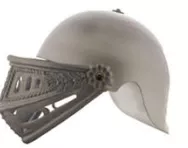
In Key Stage 3 history, your child will study local, British and world history. This will include learning about significant events, people and changes from the recent and more distant past.
Students approach topics from a variety of perspectives, including political, religious, social, cultural, aesthetic, economic, technological and scientific.
In the new curriculum, lessons focus more on themes and the international relevance of historical events.
Pupils show their understanding of what they have learnt by making connections and drawing contrasts between different periods and areas studied, and by using their historical knowledge to analyse the past and explain how it can be represented and interpreted in different ways. They should also learn how different types of historial sources are used to make claims about the past.
Subject areas
Students have to study seven separate areas of history in KS3. These are:
- The development of the Church, state and society in Medieval Britain (1066-1509). This could include the Norman Conquest, Christendom and the Crusades, the struggle between Church and crown, the Magna Carta and the emergence of Parliament, English campaigns to conquer Wales and Scotland, feudalism, the Black Death, the Peasants' Revolt, the Hundred Years War, and the War of the Roses.
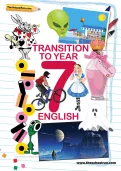
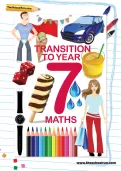
Instantly download Year 6 to 7 transition packs
- English & Maths transition packs
- Practise journalistic writing, figurative language, persuasive text and more
- Revise key maths methods and concepts
- The development of the Church, state and society in Britain, 1509-1745. This could include Renaissance and Reformation in Europe, the Elizabethan religious settlement and the conflict with Catholics, first contact with America and India, the causes and events of British civil wars, the Interregnum, including Cromwell, the Restoration, 'Glorious Revolution' and power of Parliament, the Act of Union of 1707, and society, economy and culture across the period.
- Ideas, political power, industry and empire in Britain, 1745-1901. This could include the Enlightenment in Britain and Europe, the British transatlantic slave trade, the Seven Years War and the American War of Independence, the French Revolution, industrial Britain, party politics and social reform, the development of the British empire with an in-depth study (e.g. of India), Ireland and Home Rule, and Darwin's Origin of the Species.
- Challenges for Britain, Europe and the wider world, 1901-present. This will include the Holocaust. It could also include the Suffragettes, World War 1, the inter-war years, the Great Depression, the Welfare State, Indian independence and the end of empire, social, cultural and technological change, and Britain's place in the world since 1945.
- A local history study. For example, this could be an in-depth study of one of the areas of British history listed above, a study of how local sites reflect national history, or a study of an aspect or site of local history pre-1066.
- A study of an aspect or theme of British history before 1066. This could be the changing nature of political power in Britain, the changing landscape from the Iron Age to the present, a study of an aspect of social history such as migration, or an in-depth study of an historial turning point, such as the Neolithic Revolution.
- At least one study of a significant society or issue in world history and its interconnections with other world developments. For example, Mughal India, China's Qing dynasty, Russian empires, or the USA in the 20th century.
Lesson examples
Here are some lessons that have been taught in schools for KS3 history:
- Studying the events leading up to and during the Battle of Hastings, Year 7 pupils use a variety of sources to build up the sequence of events, including an exercise to put twelve extracts from the Bayeux Tapestry in chronological order. Pupils then work in groups to extrapolate the reasons why William was successful and why Harold lost, including the part played by forces outside the control of either man.
- Year 8 pupils analyse popular interpretations of early modern witchcraft. They then use a range of historical sources to describe and explain people's beliefs and attitudes. The class then split up into small groups in order to act out the trial of a local witchcraft case and consider the facts that influenced the outcome.
- A Year 9 class is set the task of answering the question ‘What caused the Russian Revolution?' They are given both written and pictorial sources, which include photographs of Russian peasants, army deserters and a cartoon depicting Rasputin exercising control over the Tsar and Tsarina. The class work in groups to put together a timeline, which is to later aid them with an essay on the causes of the Russian Revolution.
Help your child at home
- Visit museums, art galleries, old castles and other places that could provide a physical link to the past.
- Get them talking to grandparents and elderly neighbours: real life stories provide an emotional link.
- Look out for old artefacts in jumble and car boot sales to kindle their interest.
- Have books and DVDs with a historical theme around the house that they will want to watch willingly without being forced.
